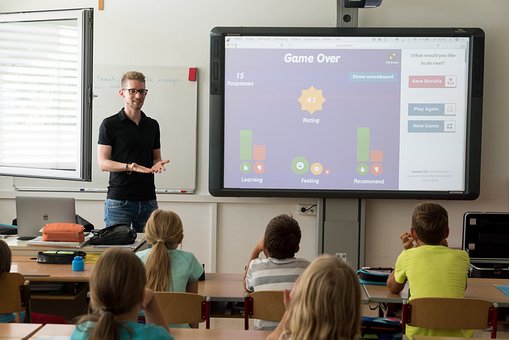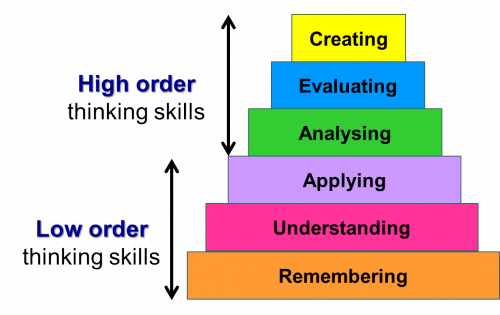Everyone knows that Social studies is a very much important subject for students as it focuses on the study of human society and its functions. It helps students understand their place in the world and the importance of being responsible citizens.
As a teacher, it is important to adopt strategies that will enable students to learn effectively and understand the relevance of social studies in their lives. Just like have said earlier, This page is about some of the best strategies that can be used to teach social studies effectively. Let’s get started
>> See This Suggestion: Prompting Strategies Used in Naturalistic Teaching Approaches
Use interactive teaching methods

what are the strategies for teaching social studies? One of the most effective strategies for teaching social studies is through the use of interactive teaching methods. These methods include the use of group discussions, role-playing, and debates.
Students are more likely to remember what they learn when they actively participate in the learning process. Interactive teaching methods allow students to engage with the subject matter, exchange ideas, and express their opinions. This helps to develop critical thinking skills and promotes a deeper understanding of the subject matter.
Use real-world examples
Using real-world examples is another effective strategy for teaching social studies. This helps students understand how the concepts they are learning about are applicable in the real world. For example, when teaching about democracy, the teacher can use examples of democratic countries and how their citizens participate in the decision-making process. This will help students understand the importance of democracy and how it affects their lives.
Use technology
Technology can be a powerful tool for teaching social studies. Teachers can use multimedia resources such as videos, podcasts, and interactive websites to supplement classroom learning.
These resources can help students visualize abstract concepts, provide engaging learning experiences, and allow for self-directed learning. In addition, technology can help students access information from a variety of sources, making it easier for them to conduct research and gain a deeper understanding of the subject matter. In fact using technology is one amazing answer to what are the strategies for teaching social studies
Use current events
Incorporating current events into the classroom can be an effective strategy for teaching social studies. This helps students understand how the concepts they are learning about are relevant to their lives. Teachers can use news articles, videos, and other media to teach students about current events and how they relate to social studies concepts. This will help students develop a deeper understanding of the subject matter and become more engaged in the learning process.
Provide hands-on learning experiences
Hands-on learning experiences can be a great way to teach social studies. These experiences can include field trips, simulations, and role-playing activities. For example, teachers can take students on a field trip to a historical site or museum to help them visualize historical events.
Simulations and role-playing activities can help students understand the decision-making process and how it affects society. These hands-on experiences can help students develop a deeper understanding of social studies concepts and make learning more engaging.
Use differentiated instruction
Differentiated instruction is an effective strategy for teaching social studies as it allows teachers to tailor their instruction to the individual needs of their students. This involves modifying the content, process, and products of instruction to meet the learning needs of each student.
For example, teachers can provide different reading materials or assignments based on the reading level or interests of their students. This will help students better understand the subject matter and make learning more engaging.
Collaborative learning
Again for anyone asking what are the strategies for teaching social studies, Collaborative learning is can be a very effective strategy for teaching social studies. This involves group work and cooperative learning activities where students work together to complete tasks or projects.
This can help students develop communication and teamwork skills, and also promote social skills such as empathy and respect for others. Collaborative learning can also help students understand diverse perspectives and develop a deeper understanding of social studies concepts.
Use assessment for learning
Assessment for learning is a strategy that involves using assessments to support and improve student learning. This involves providing students with feedback on their work and using that feedback to guide instruction.
Teachers can use formative assessments such as quizzes and exit tickets to monitor student progress and adjust their instruction accordingly. This can help teachers identify areas where students are struggling and provide targeted support to help them improve.
Use inquiry-based learning
Inquiry-based learning is a student-centered approach to learning that involves asking questions and investigating solutions. This approach can be an effective strategy for teaching social studies as it encourages students to take ownership of their learning and develop critical thinking skills.
Inquiry-based learning involves posing questions, conducting research, and analyzing information to develop a deeper understanding of the subject matter.
Use authentic assessments
The last on our list of what are the strategies for teaching social studies is the Authentic assessments strategy. This are assessments that reflect real-world scenarios and tasks. This can include performance assessments, projects, and portfolios.
Authentic assessments can be an effective strategy for teaching social studies as they require students to apply their knowledge in real-world contexts. This can help students develop a deeper understanding of the subject matter and develop the skills needed to be successful in the real world.
Conclusion On what are the strategies for teaching social studies
There’s no one fit answer for what are the strategies for teaching social studies, However, despite that teaching social studies can be a challenging task, but by using these strategies listed on this page, teachers can make the subject more engaging and relevant to their students.
By using interactive teaching methods, incorporating real-world examples, using technology, and providing hands-on learning experiences, teachers can help students develop a deeper understanding of social studies concepts. Differentiated instruction, collaborative learning, assessment for learning, inquiry-based learning, and authentic assessments can also be effective strategies for teaching social studies. By adopting these strategies, teachers can help students become responsible and engaged citizens who understand the importance of social studies in their lives.






